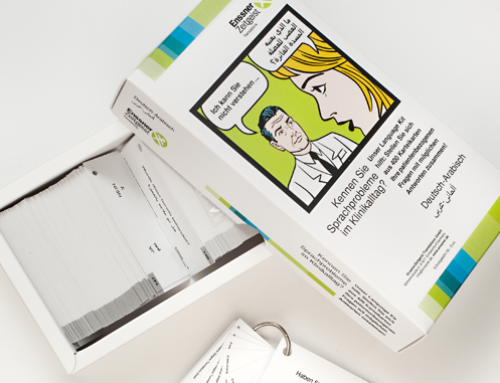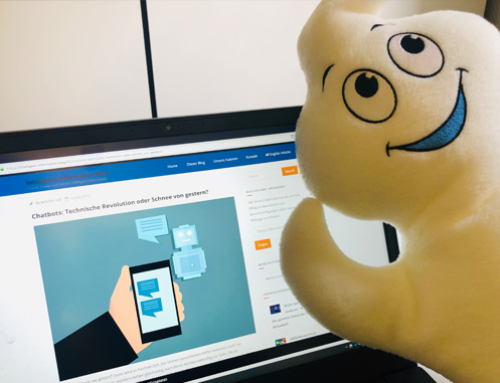White paper: our report on 2 years of work with neural machine translation (short version)
The ability of neural machine translation (NMT) systems to generate accurate translations is improving so quickly that it is impossible to imagine the translation industry without it. That’s why we decided to establish our own machine translation team in early 2018 to gain first-hand experience and remain competitive. We describe in the following what we’ve learned and found out since then.
Frequently asked questions:
NMT always saves time when translating, right?
Way off the mark – generic machine translation is less suitable for certain types of projects.
These include:
- Adaptation projects (a document is merely updated)
- Projects with character limits for translation (e.g. software localisation)
- Projects with large customer TMs: in this case, the MT tool can be more of a hindrance than a help because it does not incorporate the customer terminology. NMT translations are usually inconsistent and all technical terms have to be checked against the TM and the termbase to ensure that the TM remains consistent. This requires considerable post-editing effort.
- Projects with very extensive customer-specific specifications, because checking the compliance to these specifications is too time-consuming
- Very small projects
- Texts with lots of tags
- Texts with very short sentences with little context as well as keyword texts or simple word lists
Which formats are suitable?
- MS Office (Word, Excel)
- PDF files that have been converted and pre-formatted in Word before translation
- InDesign with a manageable number of tags
- XML files with a manageable number of tags
Which languages are suitable?
Machine translation is most suitable for English-German and German-English and offers the best results for these language combinations. As a general rule, the language combinations French-German and Dutch-German are also suitable, but post-editing is more time-consuming.
What time savings can be expected?
Usually 10% to 30 % compared with a normal translation without MT tool.
Does NMT cut costs?
As far as financial aspects are concerned, bear in mind that the translators still have to edit the texts thoroughly. Automated translation processes only result in raw data that cannot be used for most purposes. There are also costs for technology and maintenance.
Conclusion (short form):
Machine translation still doesn’t work out of the box. Automated translation processes produce results that, by themselves, are at best raw data that can be used only for information purposes, for example. So human translators must always have the last word!
If you would like to read more about our experience with machine translation, please send a short email to Marija Sperlich (marija.sperlich@enssner.de). We will then send you our full-length report (8 pages, free of charge).
Have we sparked your interest?
Simply contact us if you would like to know more.
Marija Sperlich
Phone: +49 (0)9721 7035-19
marija.sperlich@enssner.de
EnssnerZeitgeist
Translations GmbH
97421 Schweinfurt, Germany






